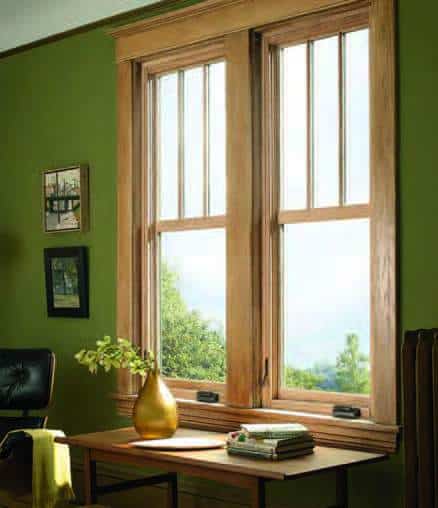Will new windows really save you money by keeping your house warmer in winter and cooler in summer? Yes, and you can even measure a window’s performance.
An independent national organization called the National Fenestration Rating Council (NFRC) conducts laboratory tests on windows to measure and rate several factors that affect thermal performance. Look for the NRFC label on any window you buy for your home. Here is what you will discover.
U-Factor
U-factor measures how well a product prevents heat from escaping. The rate of heat loss is indicated in terms of the U-factor (U-value) of a window assembly. U-Factor ratings generally fall between 0.20 and 1.20. The insulating value is indicated by the R-value which is the inverse of the U-value. The lower the U-value, the greater a window’s resistance to heat flow and the better its insulating value.
Solar Heat Gain Coefficient
Solar Heat Gain Coefficient (SHGC) measures how well a product blocks heat caused by sunlight. The SHGC is the fraction of incident solar radiation admitted through a window and absorbed and subsequently released inward. SHGC is expressed as a number between 0 and 1. The lower a window’s solar heat gain coefficient, the less solar heat it transmits.
Visible Transmittance
Visible Transmittance (VT) measures how much light comes through a product. The visible transmittance is an optical property that indicates the amount of visible light transmitted. VT is expressed as a number between 0 and 1. The higher the VT, the more light is transmitted.
Contact Amazing Exteriors for the Best Window Replacement!
Find out more about your window replacement options by calling us at (817) 756-4004 to get a free replacement window estimate. You can also stop by and visit our showrooms in San Antonio, Dallas, or our featured location this month for Replacement Windows in Austin, TX.















